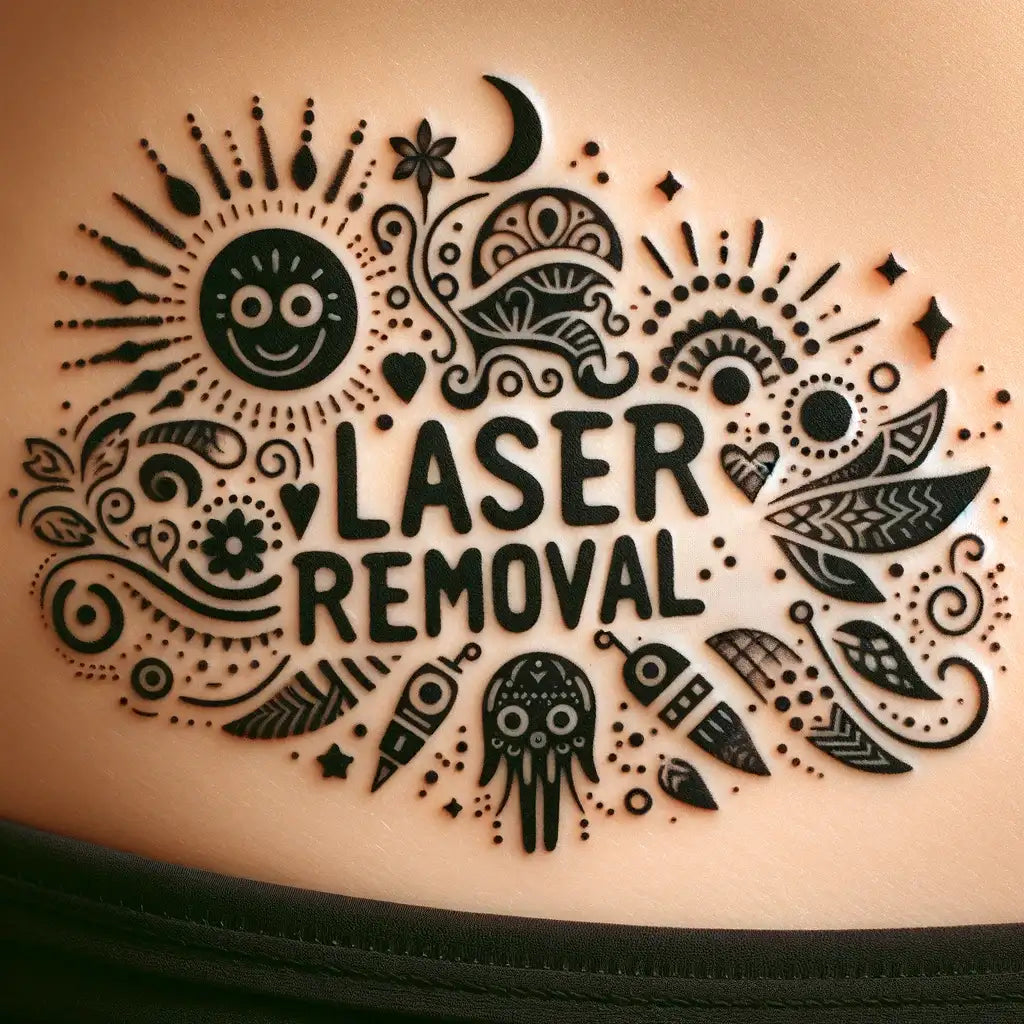
Tattoo removal
Removing tattoos with a Quality-switched Nd:YAG laser is a proven and effective method that has been perfected over the years. This technique is widely recognized as one of the most effective ways to remove unwanted tattoos. Here we explain how this method works, what you can expect after treatment, and its benefits, all based on the latest scientific literature.
Advantages of the Quality-switched Nd:YAG laser
- Effective for dark colors : The Q-switched Nd:YAG laser is particularly effective for removing black and dark blue ink.
- Safe for All Skin Types : This laser treatment is safe for both light and dark skin types, making it a suitable option for a wide range of patients.
- Minimal damage to surrounding skin : Thanks to the precision and pulse speed of the laser, selective photoacoustics will spare the surrounding skin, resulting in little to no side effects and a quick recovery.
- Fast Treatment Time : The Q-switched Nd:YAG laser can remove unwanted tattoos quickly, although multiple sessions are still required for best results.
How does the Quality-switched Nd:YAG laser work?
The Quality-switched (Q-switched) Nd:YAG laser uses a specific wavelength of light (1064 nm) that penetrates deep into the skin to reach the tattoo's ink particles. This laser produces short, powerful light pulses that are absorbed by the ink. This absorption causes rapid heating and disintegration of the ink particles into smaller pieces, which are then naturally removed from the body. This process is called 'selective photothermolysis' and ensures that the surrounding skin remains undamaged.
What does the skin look like after the treatment?
Immediately after treatment, the treated skin may turn white, a phenomenon called 'frosting', which disappears within a few minutes. The skin may also be red and swollen, but these side effects are temporary. In the days following treatment, scabbing may occur, which is a normal part of the healing process. It is important to avoid direct sun exposure and use a high SPF sunscreen to protect healing skin. Complete tattoo removal usually requires multiple treatments, depending on the size, color, and depth of the tattoo.



